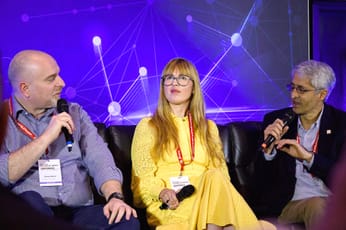
The NYT's Sam Felix and the heart of audience engagement
Highlights from an interesting interview with the New York times's director of audience & platforms.
The Idea is a useful newsletter, talking about the latest news in digital media. (How far we've come since the days when only a handful of us bloggers were writing about that regularly…) The newsletter's editor Lizzy Raben has done an interesting Q&A with The New York Times's director of audience & platforms, Sam Felix. Felix neatly articulates the essential heart of the audience engagement process:
We believe that the best way to experience The Times’ journalism is on our properties, and so our goal is to bring users back to our properties, fully immersing them in the journalism, with the goal of developing a relationship and a daily habit with our readers.
Too much of the engagement work the industry has done over much of the past five years stopped short of that, being content to just see every-increasing numbers from Facebook, without working to convert them into readers with a relationship to the site. It was always Facebook's (or Twitter's or…) audience, not ours. If more had taken this approach earlier, we might not be in quite the mess we are now.
There's plenty of other interesting material in there. For example, on aggregators like Apple News and Flipboard:
Well, we are cautious. We think about these platforms as an opportunity to reach readers who are more interested in a browsing experience, specifically browsing a wide universe of publishers in a short amount of time — so these are the skimmers who want their top news fast from many outlets.
However, she does note that Apple News, for example, is good at driving newsletter signups.
Fascinating stuff. Give it a read.
Sign up for e-mail updates
Join the newsletter to receive the latest posts in your inbox.










